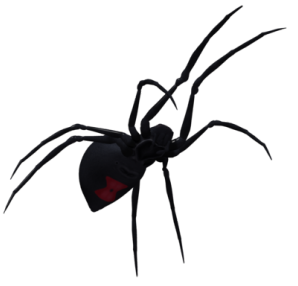Grammostola porteri (Chilean Rose Hair Tarantula)
Country of Origin: Chile
Natural Environment and Behavior: Grammostola porteri, commonly known as the Chilean Rose Tarantula, is a species native to the semi-arid regions of Chile. This impressive tarantula thrives in the dry and arid environments of its natural habitat. The species name “porteri” honors the French collector and naturalist A. Porter.
In its natural behavior, Grammostola porteri exhibits terrestrial tendencies, preferring to spend a significant amount of its time on the ground. This species is known for its burrowing abilities, creating silk-lined burrows for shelter and protection. In captivity, providing a suitable substrate that allows for burrowing is essential to replicate its natural behavior.
Although generally calm, Grammostola porteri can exhibit a defensive posture if disturbed. Caregivers should exercise caution during handling to avoid stress for both the tarantula and the handler.
As opportunistic feeders, Grammostola porteri preys on various small invertebrates in its native habitat. In captivity, they are typically fed live insects such as crickets or cockroaches to meet their dietary needs. Their mainly terrestrial lifestyle means they spend a considerable amount of time on the ground, occasionally emerging to feed or perform other activities.
Grammostola porteri is distinguished by its subtle yet charming appearance, featuring a combination of grayish and pinkish tones on its body and legs. This soft coloration may serve as camouflage against predators in its natural environment.
To ensure the well-being of Grammostola porteri in captivity, it is crucial to create an environment that accommodates its burrowing instincts, maintain a secure enclosure, and approach handling with care. Understanding and respecting the natural behaviors of the tarantula contribute to a successful and enriching captive environment.
Longevity:
Females can live up to 20 years, while males live between 5 to 8 years.
Size:
Ranges from 13 to 15 cm.
Husbandry:
Maintain humidity between 60-70% and temperature between 22-26°C. Use a mixture of peat, vermiculite, coconut fiber, and soil for firmness.
Enclosure Size:
Slings: Approximately 5-10 centimeters in length and width are suitable.
Juveniles: Transition to a container with dimensions of approximately 15-20 cm.
Adults: Dimensions around 30x30x30 cm for subadults and a larger enclosure with dimensions of 45x45x45 cm for adults.
